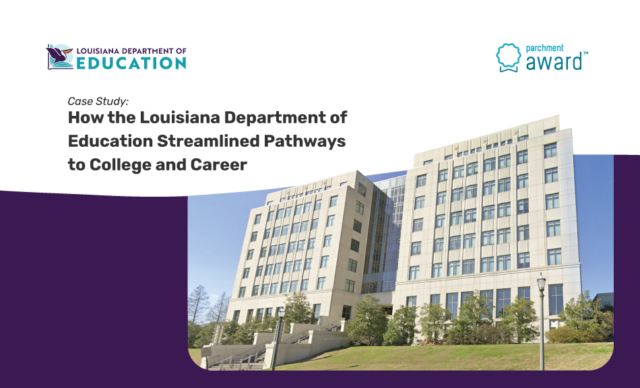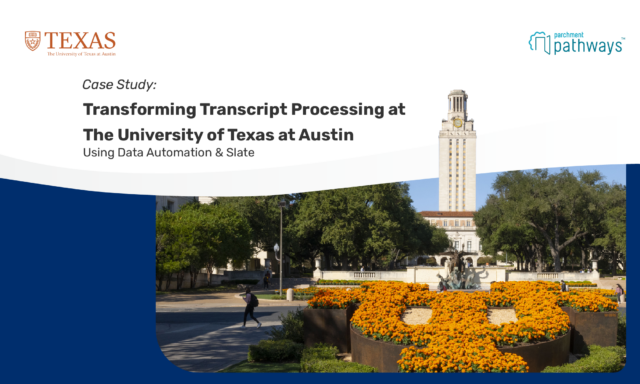As education modernizes through digitalization, every K12 CTO wants to know how to protect the privacy and personal information of students. With good reason, as the prevalence and severity of ransomware attacks — malicious software that blocks access for money — on K12 info systems has surged by 13% in 2021, according to the 2022 Verizon Data Breach Investigation Report (DBIR).
Understanding how sensitive data falls into the wrong hands is at the heart of prevention. In the DBIR, four key paths lead to data compromises within an organization:
- Stolen credentials to access web and email servers.
- Phishing emails or pretexting to acquire credentials.
- Exploited vulnerabilities in software or mobile devices and apps.
- Botnets enable the act of holding access “for ransom.”
A proactive plan to address all four of these vulnerabilities is a critical task for K12 technology managers. Parchment supports the cyber resiliency of K12 school districts by truly complying with the leading security standards like ISO 27001 and SOC2.
K12 CTOs are not only faced with the cybersecurity of your organization or district but also finding partners with the same commitment. Unfortunately, district vendors and partners were responsible for the majority of K12 data breaches, according to the 2022 State of K12 Cybersecurity – Year in Review report by K12 Six.org.
Consider our top 10 ways to prevent and secure the privacy of K12 students in the face of mounting cyber risks in 2023.
Parchment’s Top 10 Info Security Tips and Best Practices for K12 CTOs
- Collect only required student information.
In the ransomware scenario, a student’s personally identifiable information (PII) can be an info system liability. Parchment collects essential PII only.
- Unify, consolidate and streamline information systems and communication chains by using tools like Parchment for secure, encrypted and consolidated credential management.
- Encrypt all sensitive and confidential student data.
Check in with district vendors and partners on their adherence to trustworthy info security practices.
- Maintain persistently updated systems.
Persistence includes automated updates, compliance tracking and risk notifications.
- Install password management protocols and systems.
- Plan proactively for ransomware attacks.
Attackers are financially incentivized (78%) and personal data (80%) is by far the most attractive target, according to the DBIR.
- Strengthen network defenses and consolidate endpoints/vectors, especially with vendors.
Reigning in ‘tool sprawl’ and speaking with vendors about their encryption and data loss prevention practices is key here. Parchment practices extensive data encryption across the board.
- Utilize solutions and systems that enable true compliance.
True compliance of key security standards and certification goes well beyond the minimum requirements, like Parchment Award K12 District Record Services proactive approach to safeguarding student PII.
- Develop the “human firewall.”
A firewall of best practices includes: Info security awareness, tech security and data privacy training and a cyber resilient culture.
- Build up internal and human capital capabilities to align with established frameworks and best practices.
Cyber incidents and data breaches victimize schools and students, disrupt learning and waste resources. Nonetheless, K12 CTOs can play a critical role in preventing bad actors from benefiting financially with a proactive and persistent plan to create cyber resilience across all schools in your district.
There’s always more to learn.





